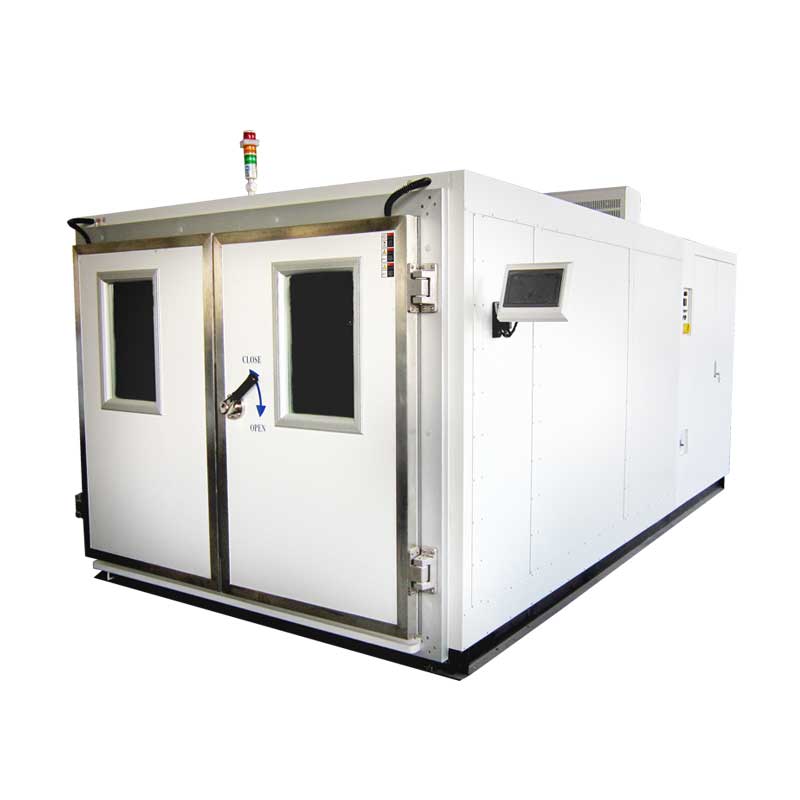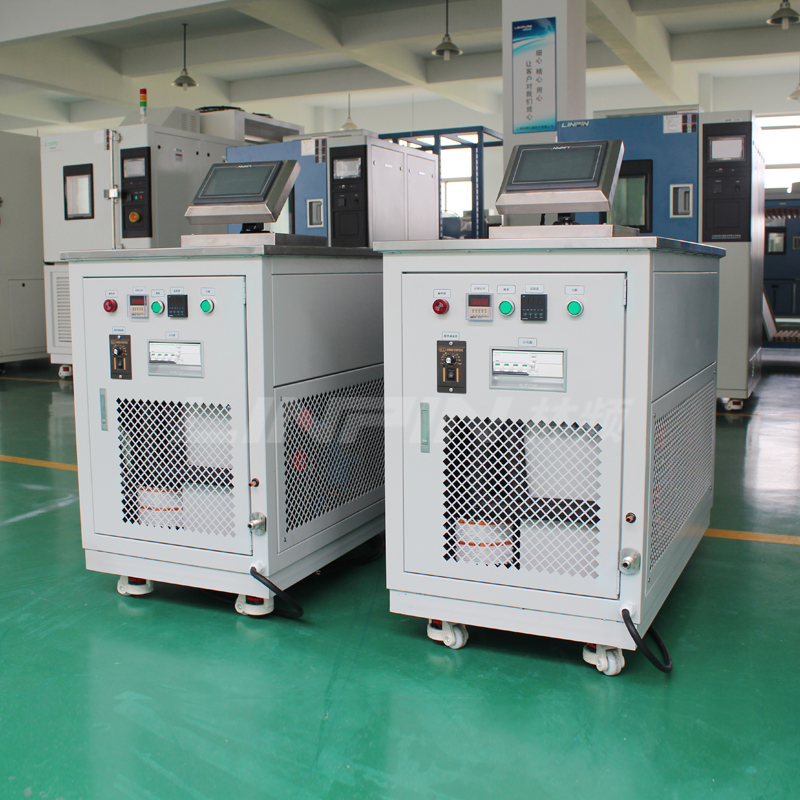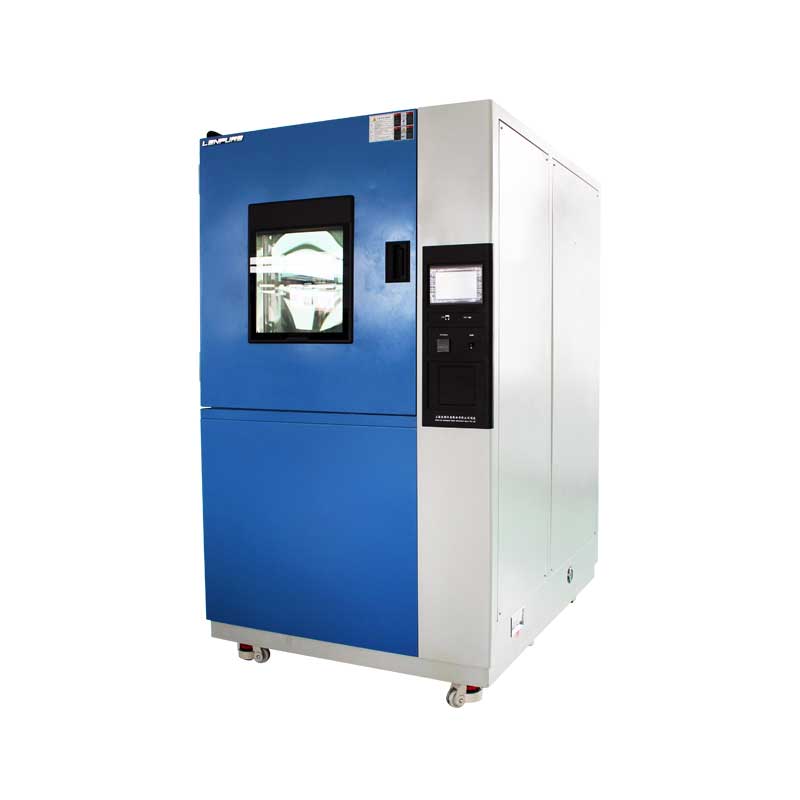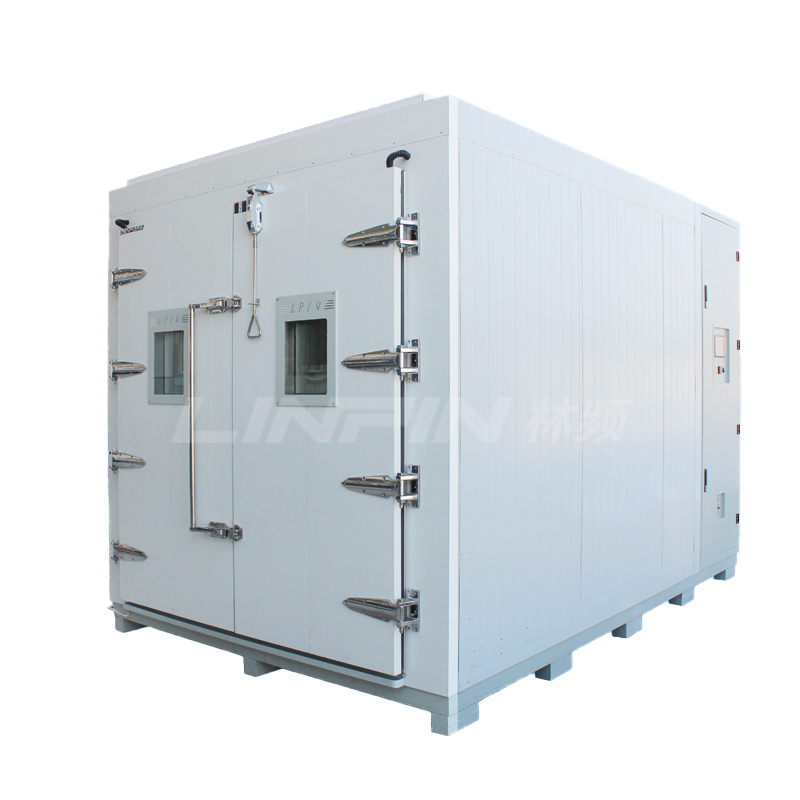Working Principle of the Air Compressor in a Salt Spray Chamber
Author:LINPIN Update Time:2025-04-25 Source:LINPINSome customers may wonder why an air compressor is necessary when selecting and operating a salt spray chamber. One of the key requirements for using a salt spray test chamber is the supply of compressed air, which is precisely the function provided by the air compressor. However, it should be noted that the compressor mentioned here is not a refrigeration compressor. So, how does the air compressor generate high-pressure air?
The air compressor operates through an intake process, where external air is drawn into the equipment. As the rotors rotate, one side of the gear teeth gradually disengages, forming an inter-tooth space. This space continuously expands over time, creating a certain level of vacuum inside. Since this inter-tooth space is only connected to the intake port, air flows into it under the pressure difference.
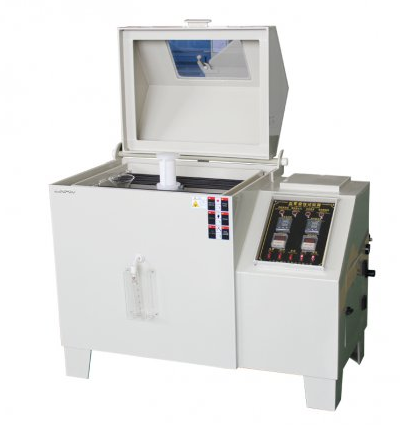
Once the intake process is completed, the compression process begins, along with the sealing and transportation processes:
- At the end of the intake phase, the main and auxiliary rotor teeth align with the housing, sealing the air within the grooves and preventing leakage—this is the sealing process.
- As the two rotors continue to rotate, the meshing surfaces of the teeth gradually move toward the exhaust port.
- During the transportation process, the meshing surfaces move closer to the exhaust port, reducing the space between the gear grooves and the exhaust outlet. The gas inside the grooves is gradually compressed, increasing the pressure—this is the compression process.
- Simultaneously, lubricating oil is injected into the compression chamber due to the pressure difference, mixing with the air—this is the oil injection process.
Technical Requirements for the Air Compressor Used with a Salt Spray Test Chamber:
- Exhaust Pressure: ≥8 kg
- Volumetric Flow Rate: ≥0.12 m³/min

